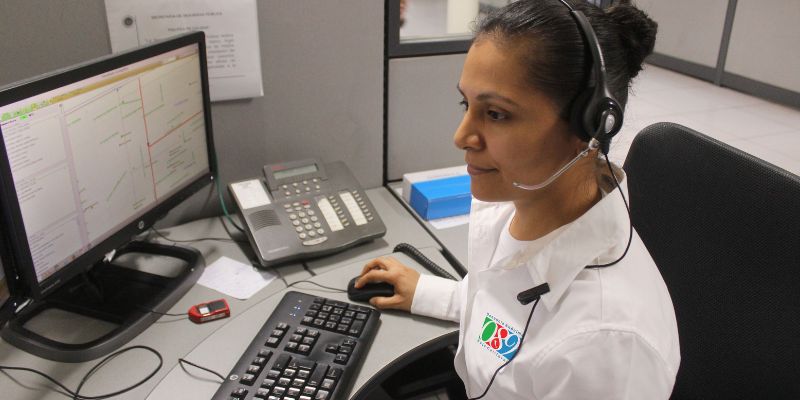
Get A Quote
Emergency Notification vs. Communication
An emergency communication system is defined by Wikipedia as a system that has the purpose of supporting one-way and two-way communications during an emergency, generally over multiple devices such as signal lighting, streaming video, text messaging, or live communications. Emergency notification systems are generally designed to deliver one-direction notifications, whereas emergency communication systems are capable of initiating and receiving information between multiple parties.
This is accomplished with various input devices, sensors, and output and communication devices. Information may originate from a variety of locations and sources, and the system will relay that information to one or more target audiences.
Origins of Mass Notification Systems
The U.S. Department of Defense outlined criteria for Mass Notification Systems, MNS, in the Unified Facilities Criteria (UFC) 4-021-01 Design & O&M: Mass Notification for DOD facilities. Here an MNS is defined as having the capability to deliver real-time information to all building occupants or personnel in the immediate vicinity of a building during emergency situations. A timely means of notifying all building occupants of threats and a proper response to those threats is vital to reduce the risk of mass casualties. The UFC requires the ability to relay pre-recorded and live voice emergency messages to meet this requirement.
Combining a commercial fire alarm system with an MNS is recommended in the UFC, particularly where a building’s fire alarm control panel forms a single system to perform both functions, such as in new construction. Smaller buildings may incorporate a public address (PA) system with the fire alarm system. Having an MNS is becoming more important in non-military occupancies, and campus and facility managers are tasked with ensuring the capability to communicate with large numbers of people.
Emergency Communications and NFPA72
Using a fire alarm system is one way to communicate non-fire related emergencies for systems that recognize the 2010 edition of the National Fire Protection Association, NFPA 72, the NFPA 72: National Fire Alarm and Signaling Code. NFPA 72, Chapter 24 titled Emergency Communication Systems, addresses the installation standards and functional criteria for Emergency Communications and Mass Notification Systems for nonmilitary facilities such as schools, campuses, hospitals, hotels, and office buildings.
Chapter 24 of NFPA 72 defines an ECS as “a system for the protection of life by indicating the existence of an emergency situation and communicating information necessary to facilitate an appropriate response and action.” NFPA 72 defines a mass notification system similar to the UFC definition as “a system used to provide information and instructions to people in a building area, site or other space using intelligible voice communications and possibly including visible signals, text, graphics, tactile, or other communication methods.”
Chapter 24 of NFPA 72 goes on to describe the need for an Emergency Communication System and how integrating an ECS into a building’s fire alarm system provides a sensible solution to meet all requirements for fire alarm and life safety system designers and installers as well as building managers.
Integrating Mass Notification Systems with fire alarm control panels ensures that the system will be regularly tested and maintained. Other communication systems that are not integrated with a fire alarm system, such as PA systems, text messaging, or email systems, could risk not being properly maintained.
High Rise Security Systems, HRSS, with SMG Security Holdings, SMG is a leading fire alarm and life safety system provider protecting commercial properties in and around Chicago. We offer complete fire alarm system design, quality UL-listed equipment, and comprehensive services, including consultation, maintenance, testing, installation, upgrades, monitoring, and more. Contact us to learn more about the standards and regulations regarding Mass Notification Systems and the benefits of integration with your fire alarm system.



